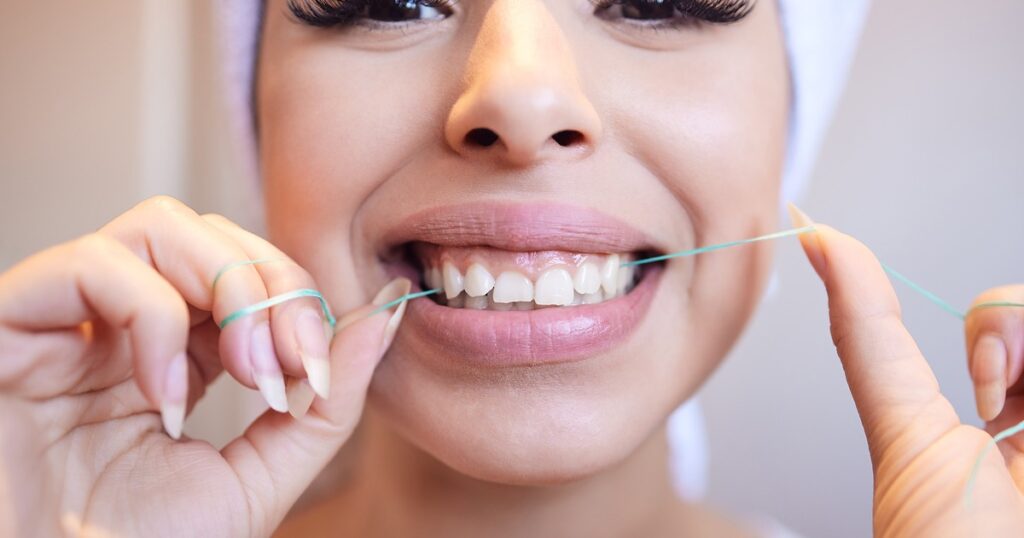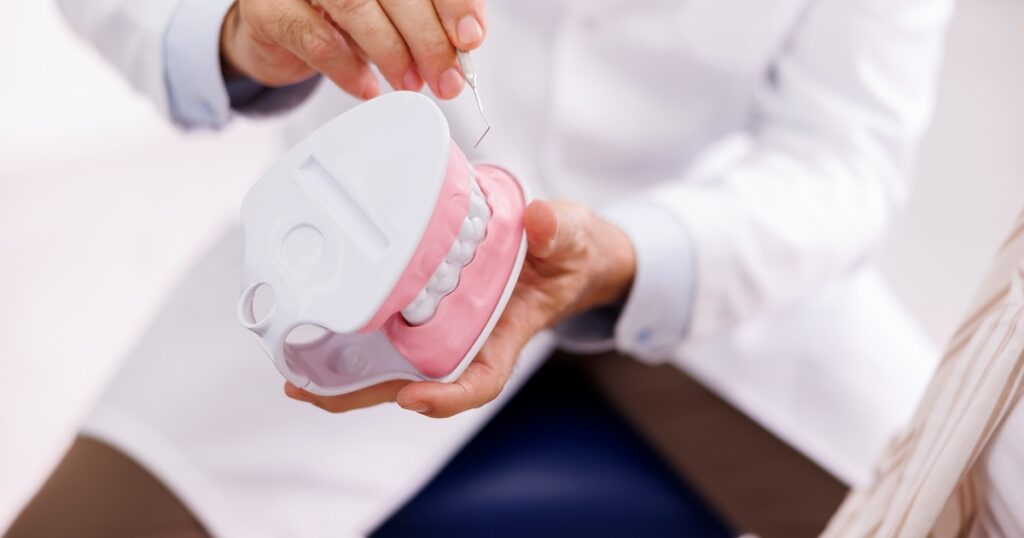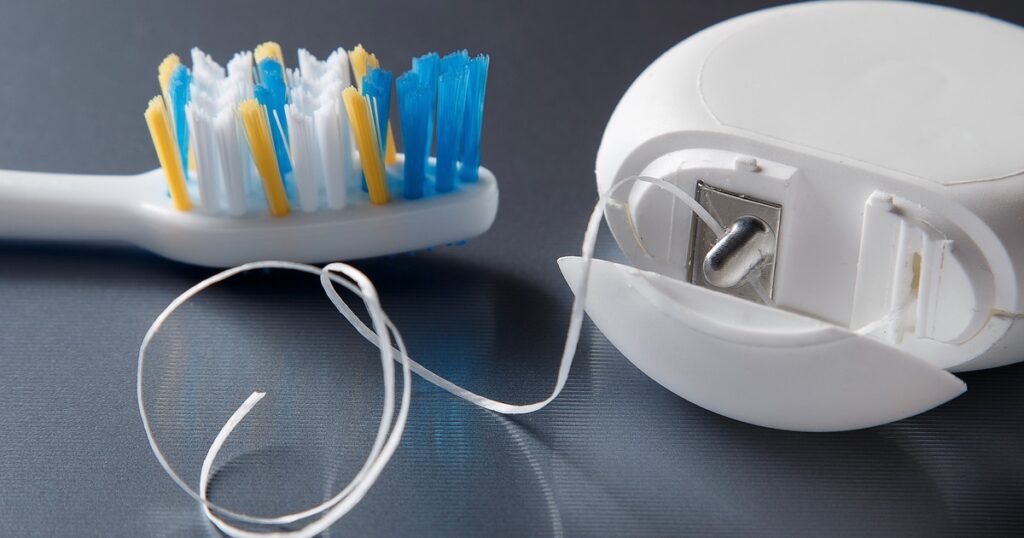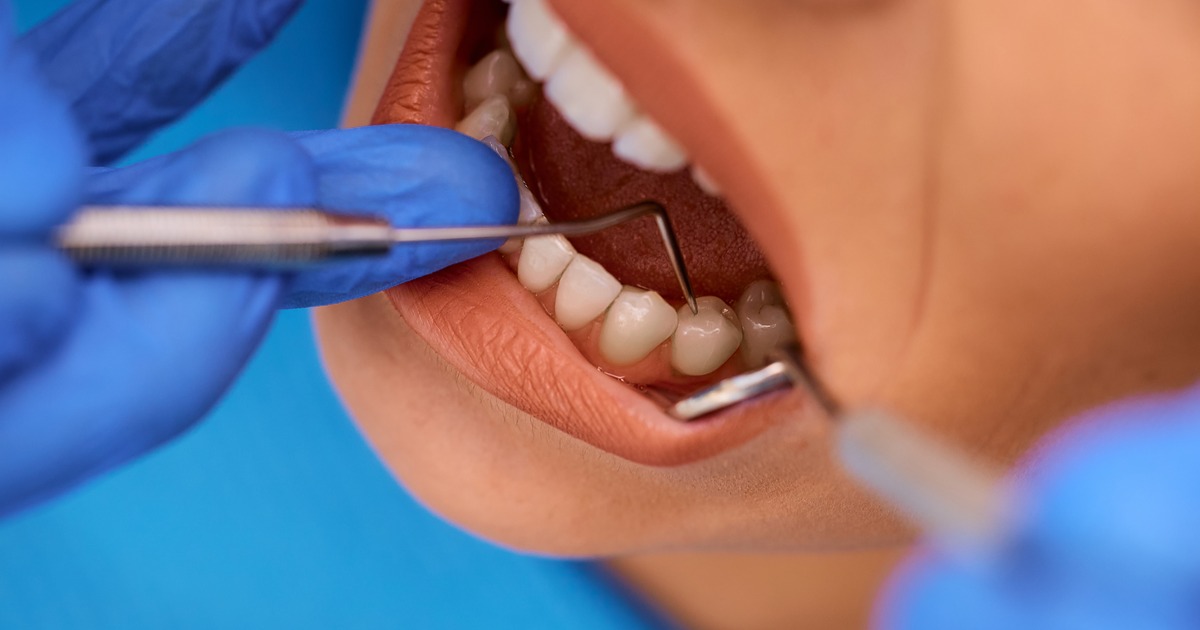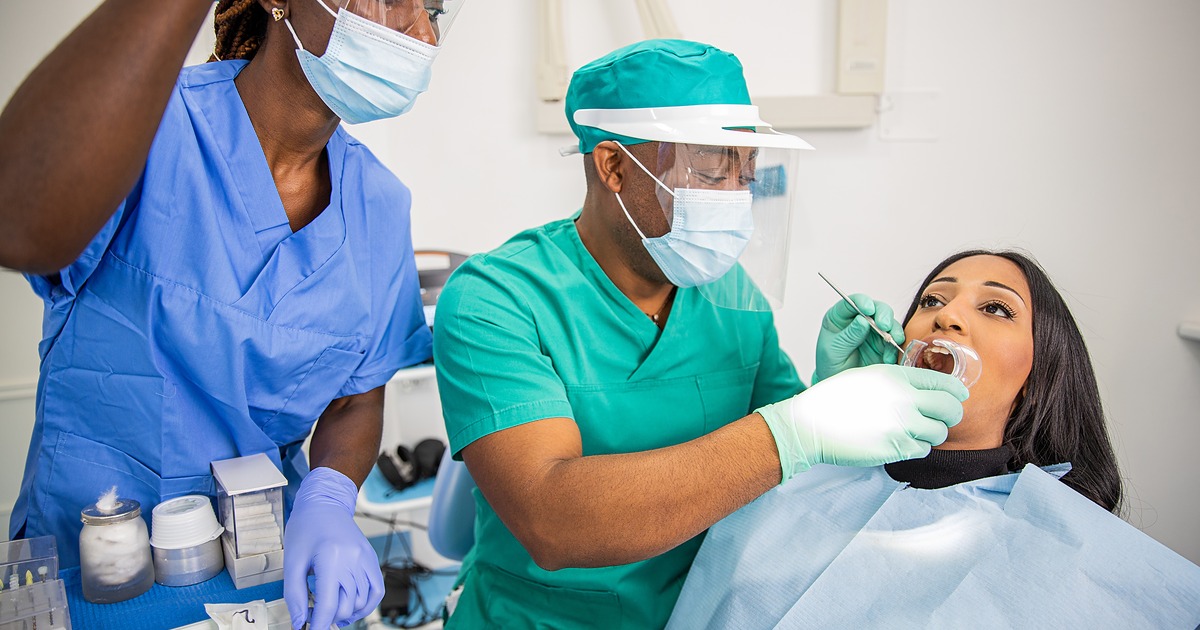Early Signs of Gingivitis You Shouldn’t Ignore
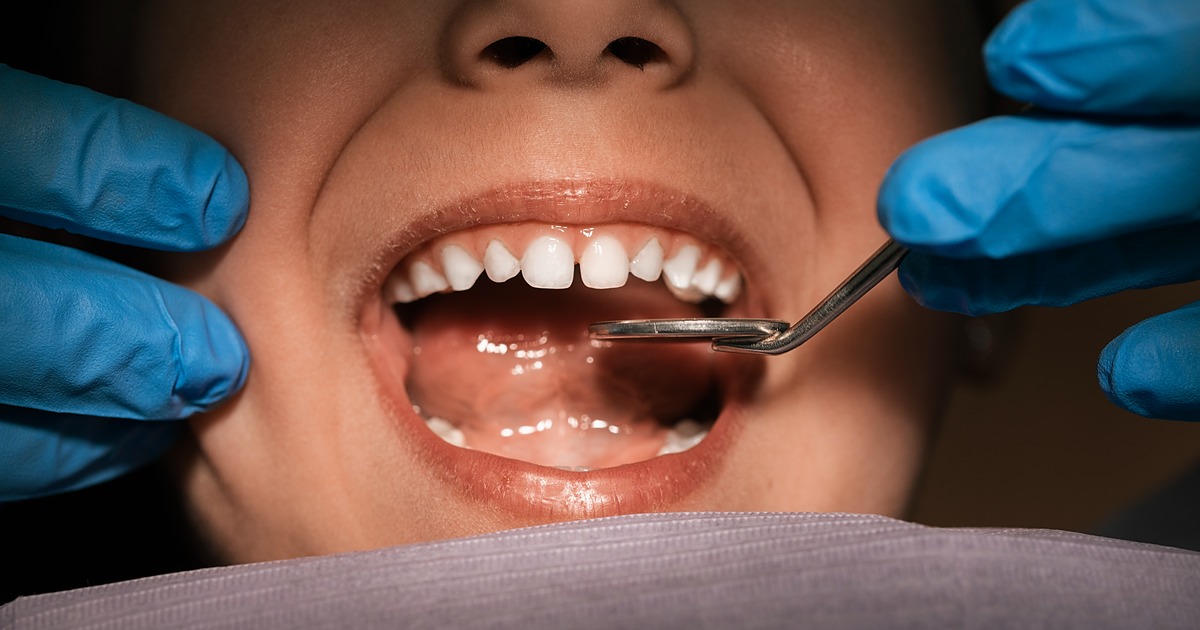
Gingivitis is the earliest stage of gum disease—and the good news is that it’s reversible if caught in time. The bad news? Most people overlook the warning signs until it’s too late, allowing it to progress into periodontitis, a much more serious condition that can lead to bone loss and tooth loss.
In this article, we’ll explore the early signs of gingivitis, why they happen, and how you can stop gum disease before it becomes permanent. After learning the first symptoms, see how gum disease progresses in Stages of Gum Disease. Also, find practical ways to Prevent Gum Disease Naturally and discover How Long Periodontitis Takes to Develop if ignored.
✅ What Is Gingivitis?
Gingivitis is inflammation of the gums caused by plaque buildup. Plaque is a sticky film of bacteria that forms on your teeth within hours of eating. If it isn’t removed by brushing and flossing, it hardens into tartar, irritating the gums and leading to infection.
If treated early, gingivitis can be reversed with proper oral hygiene. If ignored, it may progress into periodontitis, which is not reversible and requires professional treatment.
🚩 Early Signs of Gingivitis
Here are the most common warning signs you should never ignore:
1. Bleeding Gums
-
Gums that bleed when brushing or flossing are one of the first red flags.
-
Many people think this is “normal,” but healthy gums do not bleed.
2. Red or Swollen Gums
-
Instead of being firm and pink, gums look puffy and darker in color.
-
This swelling is the body’s immune response to bacterial infection.
3. Persistent Bad Breath (Halitosis)
-
Plaque bacteria release toxins that cause bad breath.
-
Even after brushing, the odor may return quickly.
4. Tender or Sensitive Gums
-
Gums feel sore to the touch or while chewing.
-
This indicates inflammation and possible infection.
5. Gum Recession (Pulling Away from Teeth)
-
Gums may begin to shrink, making teeth appear longer.
-
This is an early stage of gum detachment.
6. Soft, Shiny, or Spongy Gums
-
Healthy gums are firm; unhealthy gums often look shiny or overly smooth.
7. Plaque and Tartar Buildup
-
Visible yellow or brown deposits at the gumline.
-
Tartar cannot be removed at home—only by a dental professional.
🦠 Why Gingivitis Happens
Several factors can cause or worsen gingivitis:
-
Smoking or tobacco use
-
Diabetes or weakened immune system
-
Hormonal changes (pregnancy, menopause, puberty)
-
Certain medications (that reduce saliva flow)
-
Poor diet lacking in vitamins C and D
⚠️ Why You Shouldn’t Ignore These Signs
If gingivitis isn’t treated:
-
Plaque bacteria move deeper below the gumline.
-
Pockets form between teeth and gums.
-
Bone and connective tissue begin to break down.
-
Gingivitis develops into periodontitis, which is not reversible.
🛡️ How to Reverse Gingivitis
The good news: gingivitis is reversible if treated early. Here’s how:
Daily Care
-
Brush your teeth for 2 minutes, twice a day.
-
Floss daily to remove plaque between teeth.
-
Use an antibacterial mouthwash to kill bacteria.
Professional Care
-
Get a dental cleaning every 6 months (or more if recommended).
-
Ask your dentist about scaling and root planing if tartar buildup is severe.
Lifestyle Changes
-
Quit smoking and reduce alcohol intake.
-
Eat a diet rich in vitamin C (citrus, berries) and vitamin D (sunlight, fortified foods).
-
Drink plenty of water to wash away bacteria.
❓ FAQs About Gingivitis
1. How quickly does gingivitis develop?
Plaque begins forming within hours, and gingivitis can appear in 1–2 weeks of poor oral hygiene.
2. Can gingivitis go away on its own?
No. It requires proper brushing, flossing, and sometimes professional cleaning.
3. How long does it take to reverse gingivitis?
With good care, gingivitis can improve in as little as 1–2 weeks.
4. Is gingivitis painful?
Not always. Many people don’t feel pain, which is why it often goes unnoticed.
5. Can children get gingivitis?
Yes, children and teenagers can develop gingivitis if they don’t brush or floss properly.
🔑 Final Takeaway
Gingivitis is your body’s warning that something is wrong—but unlike advanced gum disease, it’s 100% reversible if you take action early. Don’t ignore bleeding or swollen gums. By improving your daily oral care and visiting your dentist regularly, you can protect your smile for life.



